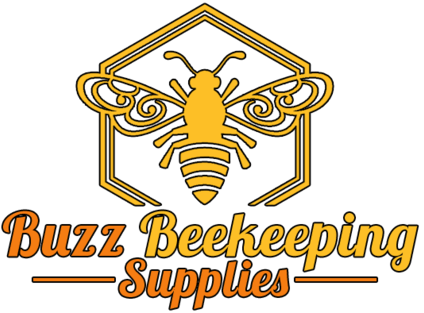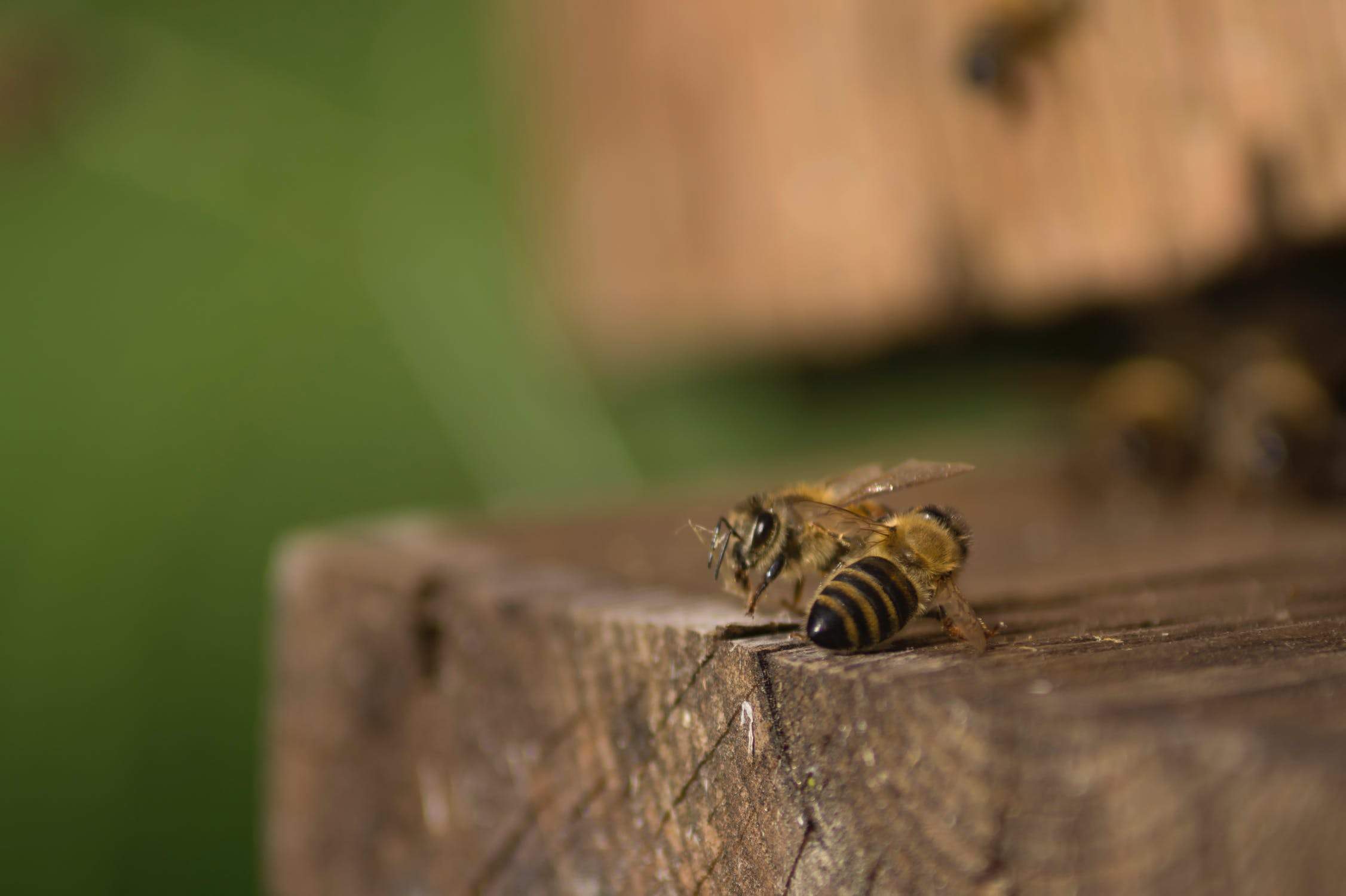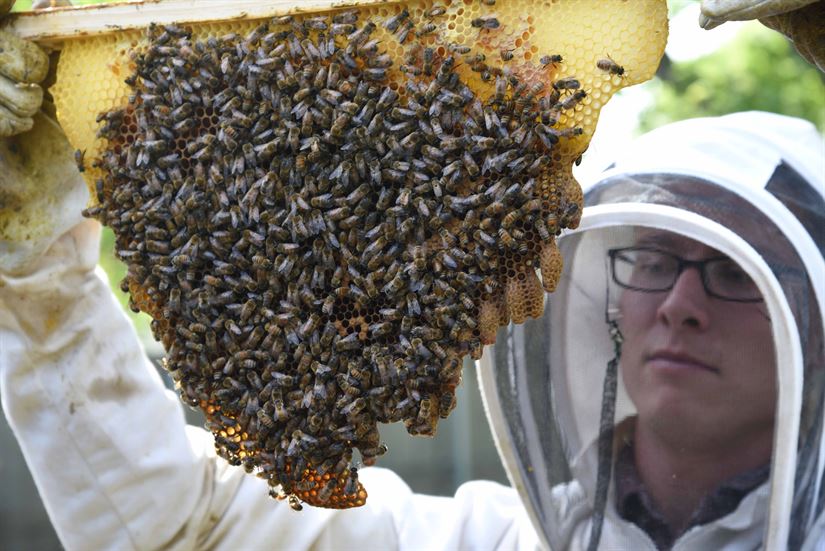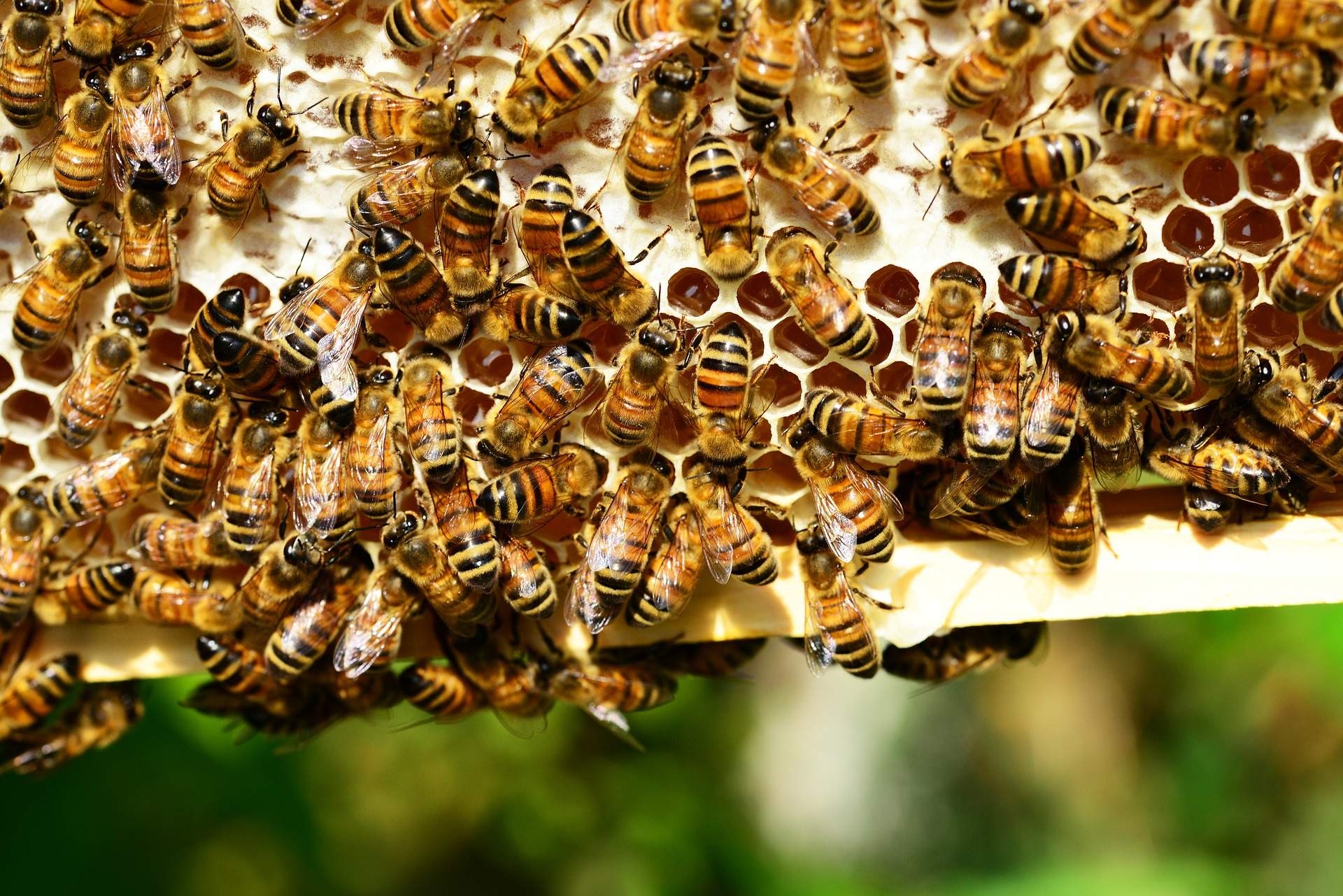Bees added to US endangered species list for the first time
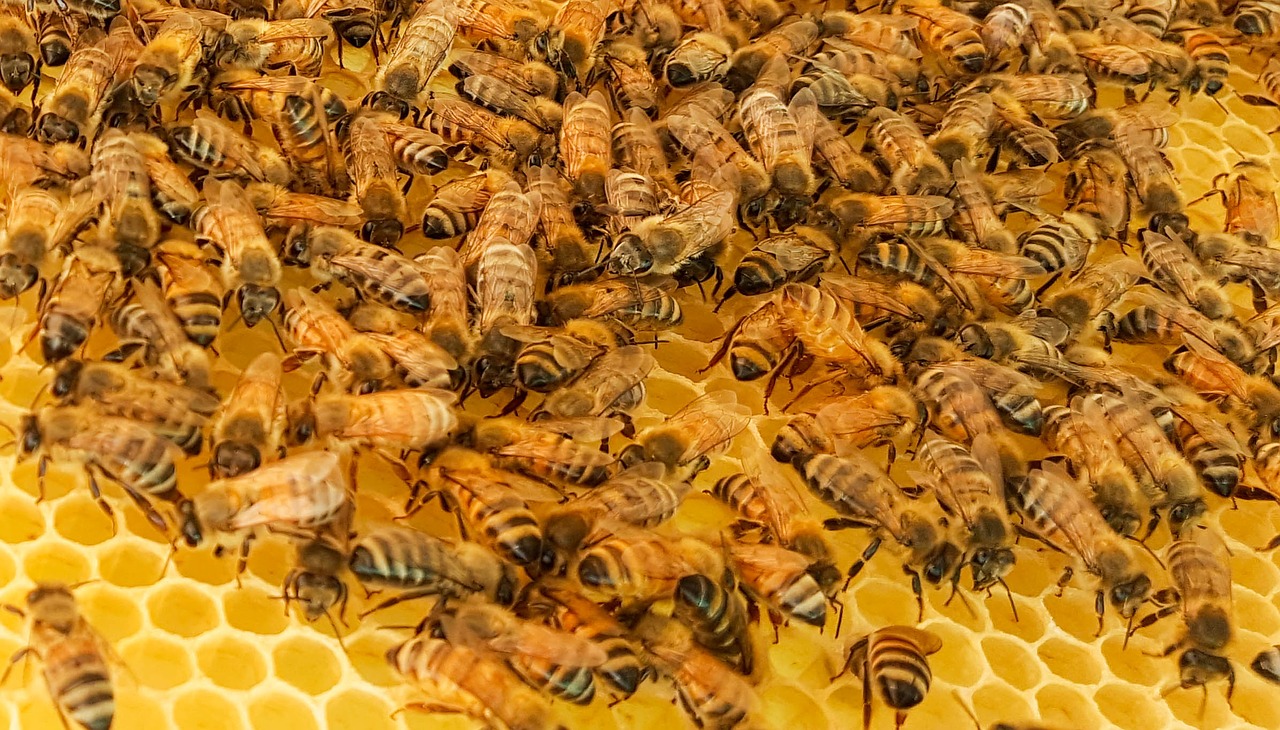
Bees added to US endangered species list for the first time …
Seven types of bees once found in abundance in Hawaii have become the first bees to be added to the US federal list of endangered and threatened species.
The listing decision, published on Friday in the Federal Register, classifies seven varieties of yellow-faced or masked bees as endangered, due to such factors as habitat loss, wildfires and the invasion of non-native plants and insects.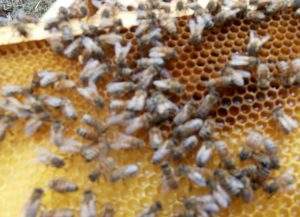
The bees, so named for yellow-to-white facial markings, once crowded Hawaii and Maui but recent surveys found their populations have plunged in the same fashion as other types of wild bees – and some commercial ones – elsewhere in the United States, federal wildlife managers said.
Pollinators like bees are crucial for the production of fruits, nuts and vegetables and they represent billions of dollars in value each year to the nation’s agricultural economy, officials said.
Placing yellow-faced bees under federal safeguards comes just over a week since the US Fish and Wildlife Service proposed adding the imperiled rusty patched bumble bee, a prized but vanishing pollinator once found in the upper midwest and north-eastern United States, to the endangered and threatened species list.
One of several wild bee species seen declining over the past two decades, the rusty patched bumble bee is the first in the continental United States formally proposed for protections.
The listing of the Hawaii species followed years of study by the conservation group Xerces Society, state government officials and independent researchers. The Xerces Society said its goal was to protect nature’s pollinators and invertebrates, which play a vital role in the health of the overall ecosystem.
The non-profit organization was involved in the initial petitions to protect the bee species, said Sarina Jepson, director of endangered species and aquatic programs for the Portland, Oregon-based group.
Jepson said yellow-faced bees could be found elsewhere in the world, but these particular species were native only to Hawaii and pollinate plant species indigenous to the islands.
The bees faced a variety of threats including “feral pigs, invasive ants, loss of native habitat due to invasive plants, fire, as well as development, especially in some for the coastal areas”, Jepson told Associated Press.
The bees could be found in a wide variety of habitats in Hawaii, from coastal environments to high-elevation shrub lands, she said. The yellow-faced bees pollinated some of Hawaii’s endangered native plant species. While other bees could potentially pollinate those species, many could become extinct if these bees were to die off entirely.
For the First Time, Bees Declared Endangered in the U.S.
As the legend goes, when star-crossed lovers Naupaka and Kaui knew they’d be forever separated, Naupaka took the flower from behind her ear and tore it in two pieces, keeping one and giving Kaui the other.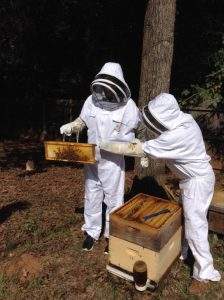
As she went to the mountains, and he to the sea, the plants around them felt their sorrow, and from then on bloomed only in half-flowers.
Such is the Hawaiian myth behind the naupaka, a beach shrub native to the islands whose flowers look like they’re missing half of their petals.
Now the plants are linked to another sad event: Their primary pollinators, a group of more than 60 yellow-faced bee species in the genus Hylaeus, are disappearing fast. So fast that on September 30, the U.S. Fish and Wildlife Service deemed seven Hylaeus species as endangered—the first bees ever on the list. (See seven intimate pictures that reveal the beauty of bees.)
In the early 1900s, yellow-faced bees were the most abundant Hawaiian insects, ranging from the coastlines to the mountains and even the subalpine slopes of Mauna Kea.
Yet habitat loss, invasive species, and climate change have hit Hawaii’s only native bees so hard that they’re now one of the state’s least observed pollinators. Only two known populations of H. anthracinus, one of the most studied species, remain on the island of Oahu, and a few small populations are scattered across several other islands, according to recent surveys.
1. Ventilated Suit – https://amzn.to/2D1hJBu
(NEW) Ventilated Jacket – https://amzn.to/2Av6piJ
2. Beekeeper YKK Suit Combo – https://amzn.to/2Xk3xLz
3. Beekeeper Journal – https://bit.ly/3xXxFl2
4. YKK Suit – https://amzn.to/2IDJALO
5. Beekeeper Jacket – https://amzn.to/2FirwTW
6. Beekeeping Gloves:
– Goatskin Beekeeping Gloves – https://amzn.to/2GYxBZW
– Cow Leather Beekeeping Gloves – https://amzn.to/2uiSExd
7. Queen Marking Kit – https://amzn.to/2Wm1kCw
– Queen Marking Pens – https://amzn.to/3c4vE8y
–Queen Marking Cage – https://amzn.to/2TDwwdQ
